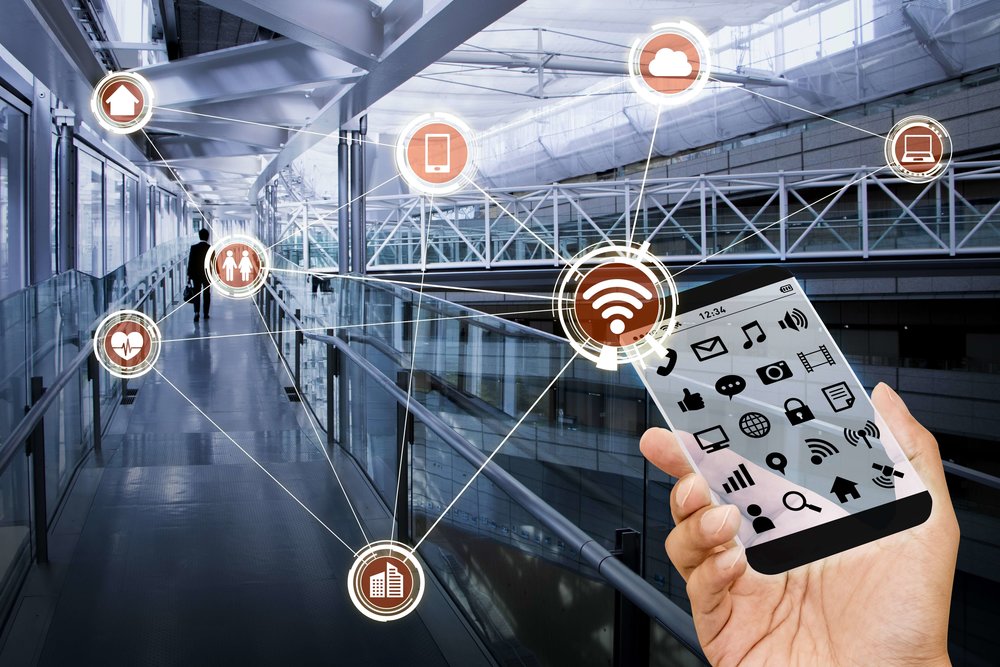The relation of Smart Lighting and IoT
Over the decades, the internet has revolutionized communications and made it our preferred medium of everyday information, conversation, and connection. In fact, its importance is such that now, it can easily be regarded as the fourth most essential utility alongside water, electricity, and air.
We term the information that we access or share in the cyberspace as “Data”. This data which can be in the form of numbers, words, measurements, observations, etc. then translates and transfers the message between the embedded sensors and the central system that the computers can process to give us the desired output to a platform called the Internet of things or IoT. In simple words, you have “things” that sense and collect data and send it to the internet. This timely communication, when detected, improves the efficiency of systems and processes, which in turn benefits human spaces such as a workplace.
Let’s take the case of lighting in the IoT-driven world. Smart lighting is an advancement in illumination that offers immediate response and is beneficial in modern office buildings. It adds to the trio of ergonomics, convenience, and energy efficiency to become the critical fourth dimension which thereby enables an increase in productivity and well-being.
Let’s take the case of lighting in the IoT-driven world. Smart lighting is an advancement in illumination that contains four features-energy-efficient LED drivers, miniaturized digital lighting sensors, advanced control algorithms and standardized communication interfaces that together cooperates and interacts with the lighting network. To simplify this, it adds to the trio of ergonomics, convenience, and energy efficiency to become the critical fourth dimension which thereby enables an increase in productivity and well-being.
Smart lighting also contributes to energy efficiency and unnecessary lighting costs by detecting when a place is devoid of people. Such lights can be beneficial in areas such as parking where movement is scattered and even conference rooms where people often forget to switch off the lights.
Some of its other advantages are:
- Scalability, as it eliminates centralized planning and control
- Reduces operating and maintenance costs
- Optimization of energy consumption, e.g. of up to 80% for lighting
- Allows data tracking which gives real-time information about the power consumption for every fixture and also helps in analyzing the past trend
- User-defined Security alerts (email server configuration required)
- LED control and dimming 0-100%, i.e. through mobile scene controllers
Smart lighting is a vital upgrade for commercial buildings as it makes LEDs even more economical by providing brightness precisely where it is required. The network powered lighting controller and configuration allows each room to be reprogrammed and respond conveniently at the click of a mouse which, reduces power consumption and costs.
Smart lighting is a vital upgrade for commercial buildings as it makes LEDs even more economical by providing brightness precisely where it is required. The network powered lighting controller and configuration allows each room to be reprogrammed and respond conveniently at the click of a mouse which, reduces power consumption and costs.

